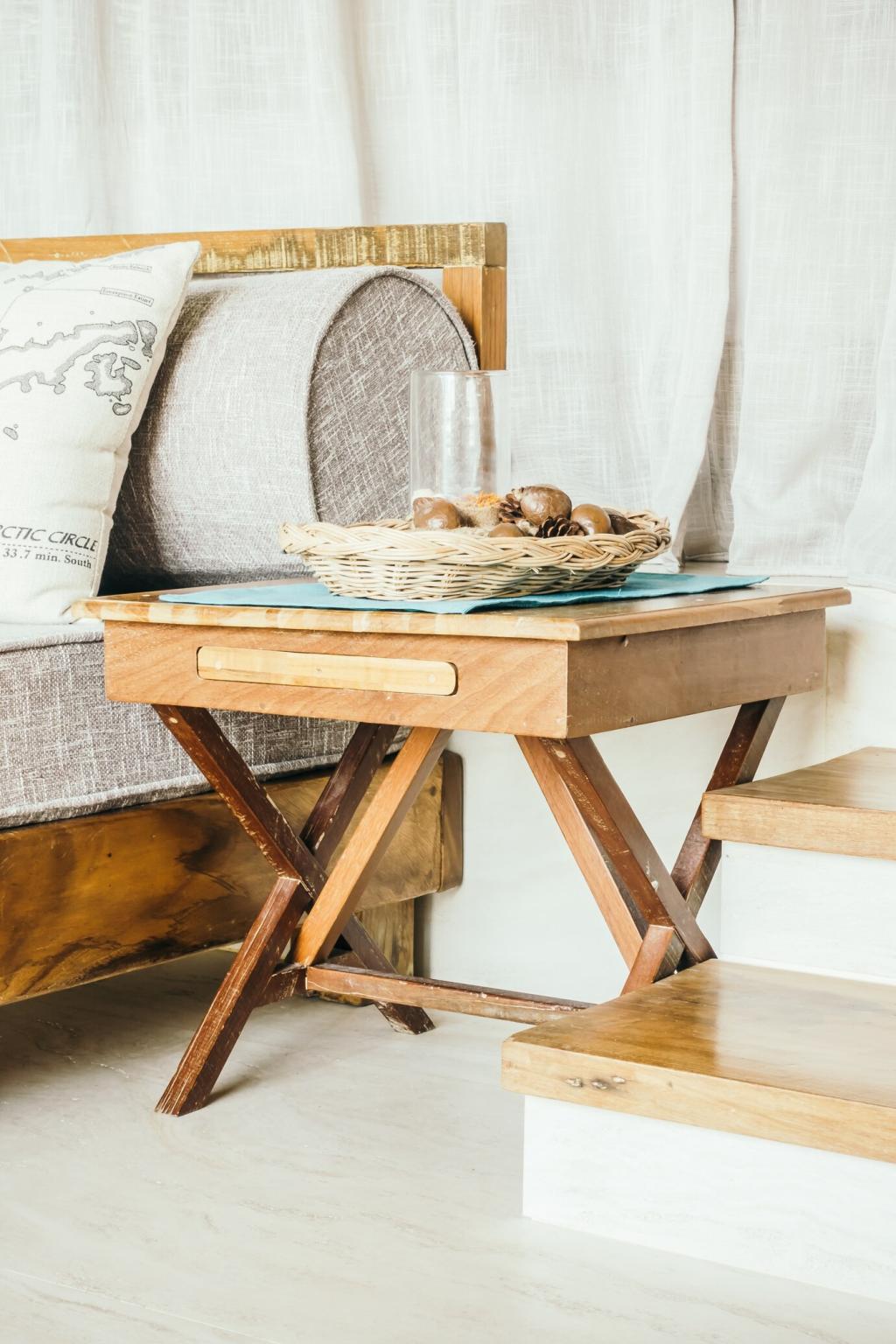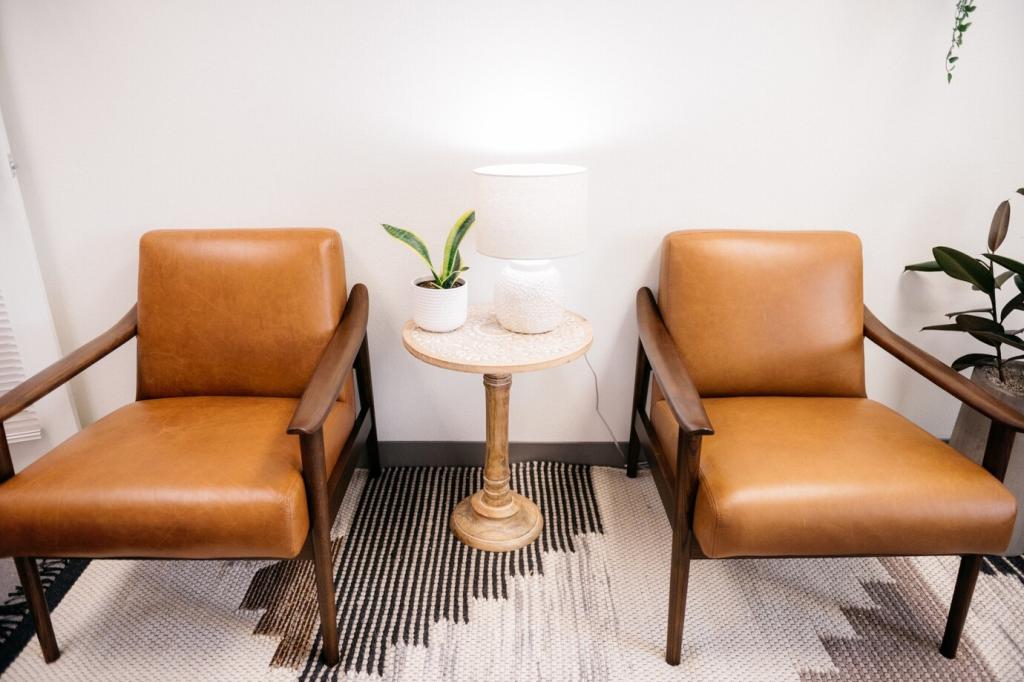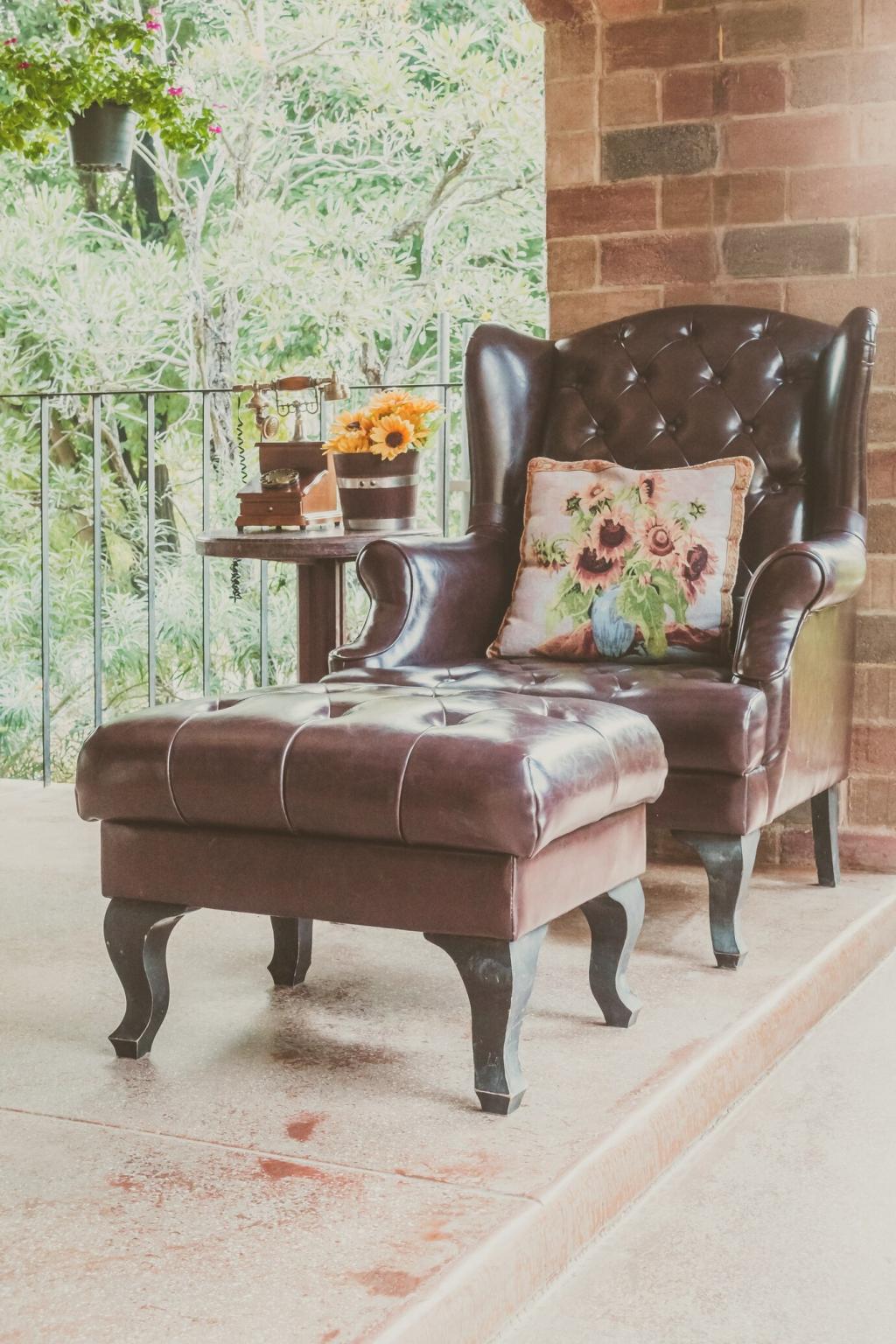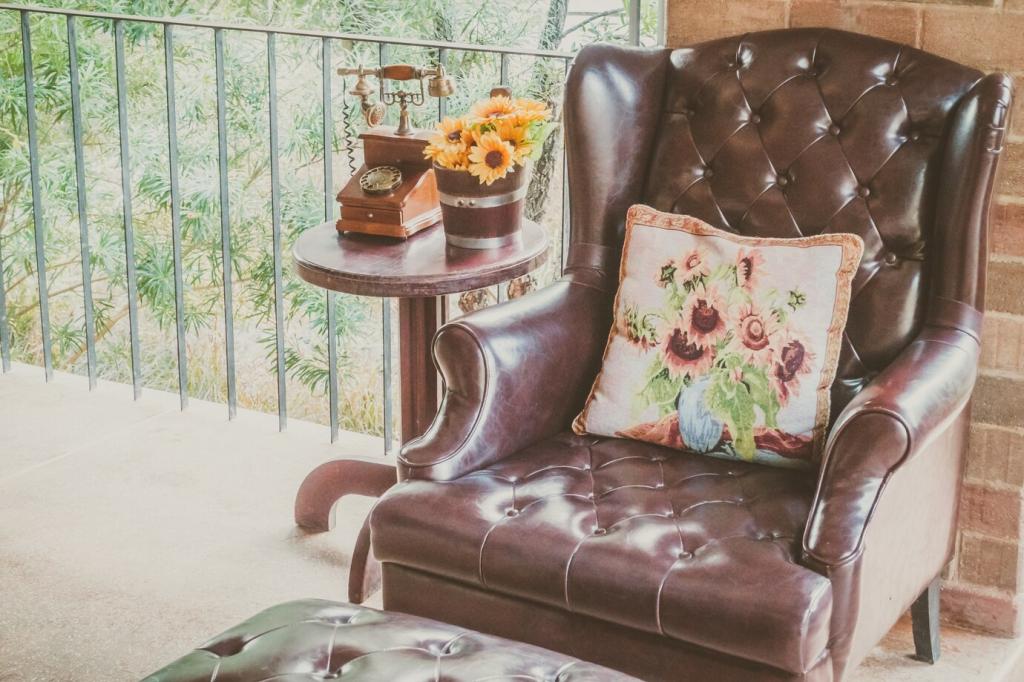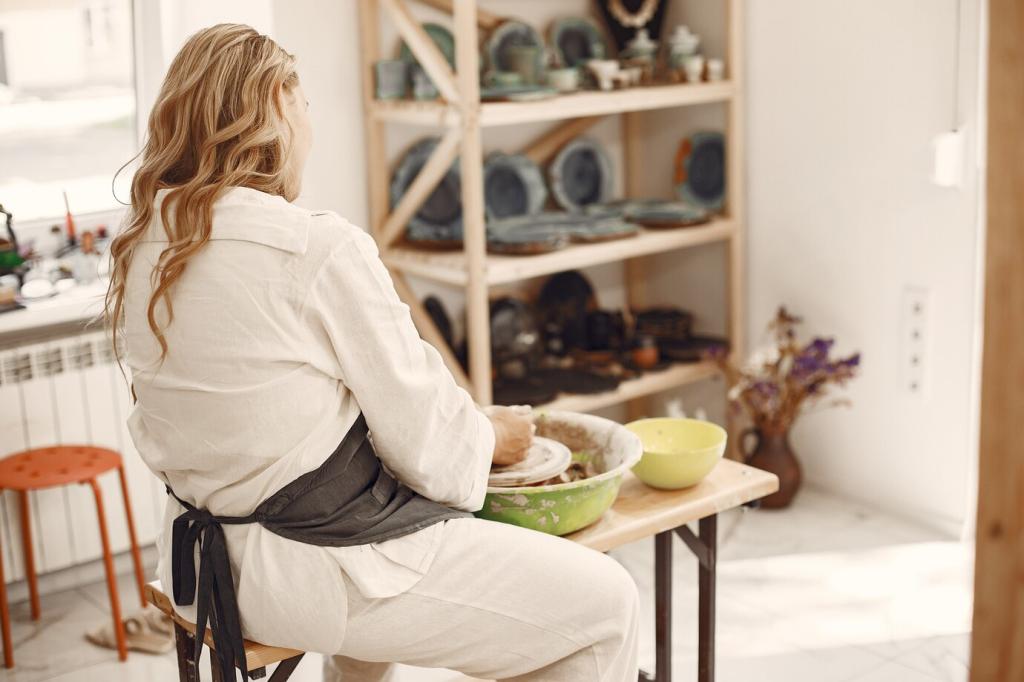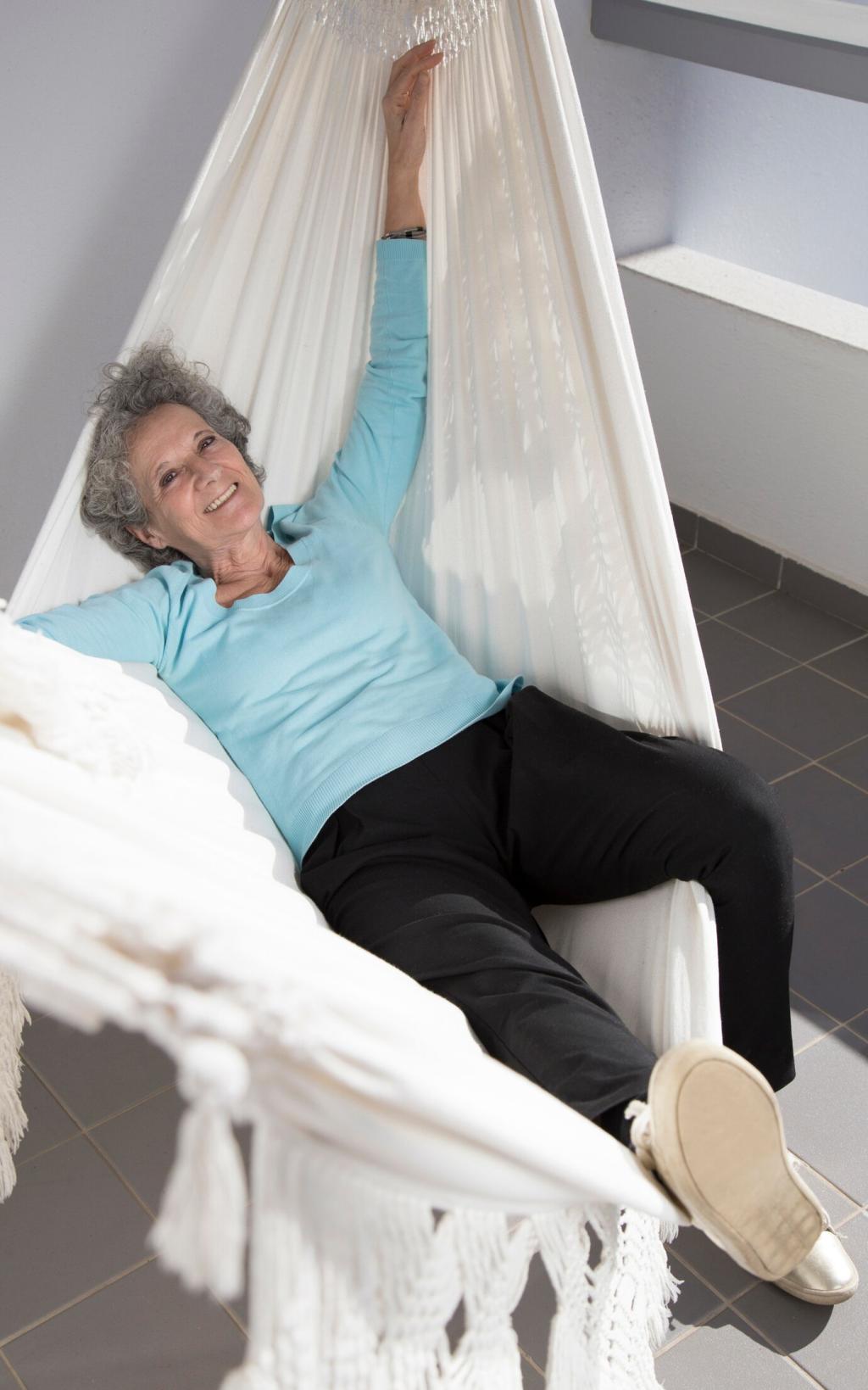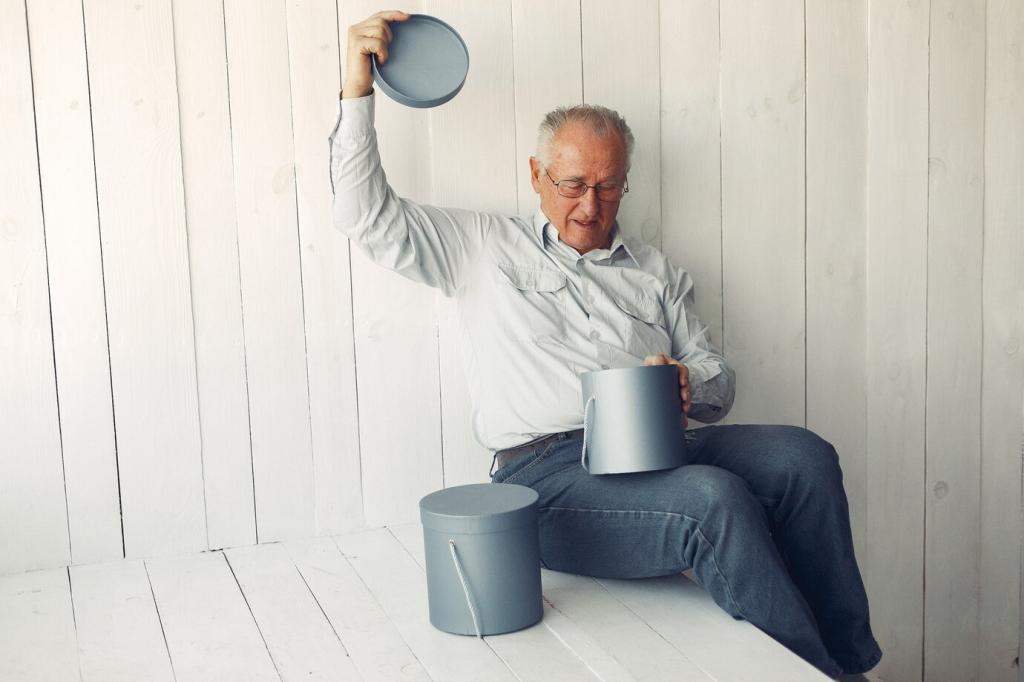The Safe Temperature Range to Aim For
Aim for a steady indoor temperature around 65–75°F (18–24°C). This familiar comfort range supports wood stability while remaining practical for daily living. Pair your setpoint with gentle airflow, avoiding direct blasts, and you’ll create a calm climate that keeps panels flat and joints tight.
The Safe Temperature Range to Aim For
Life happens—cooking, gatherings, or cold snaps. Short-term deviations are often harmless if you avoid extremes and recover gradually. Use fans to distribute heat evenly, and let thermostats bring rooms back to target slowly. Sudden, aggressive heating or cooling risks shock that stresses glue and finishes.
The Safe Temperature Range to Aim For
If you notice drawers sticking in summer and rattling in winter, or hairline splits opening then closing, temperatures may be fluctuating too widely. Note when issues appear, compare with thermostat history, and share your pattern in the comments so the community can help decode your home’s hot spots.
The Safe Temperature Range to Aim For
Lorem ipsum dolor sit amet, consectetur adipiscing elit. Ut elit tellus, luctus nec ullamcorper mattis, pulvinar dapibus leo.

